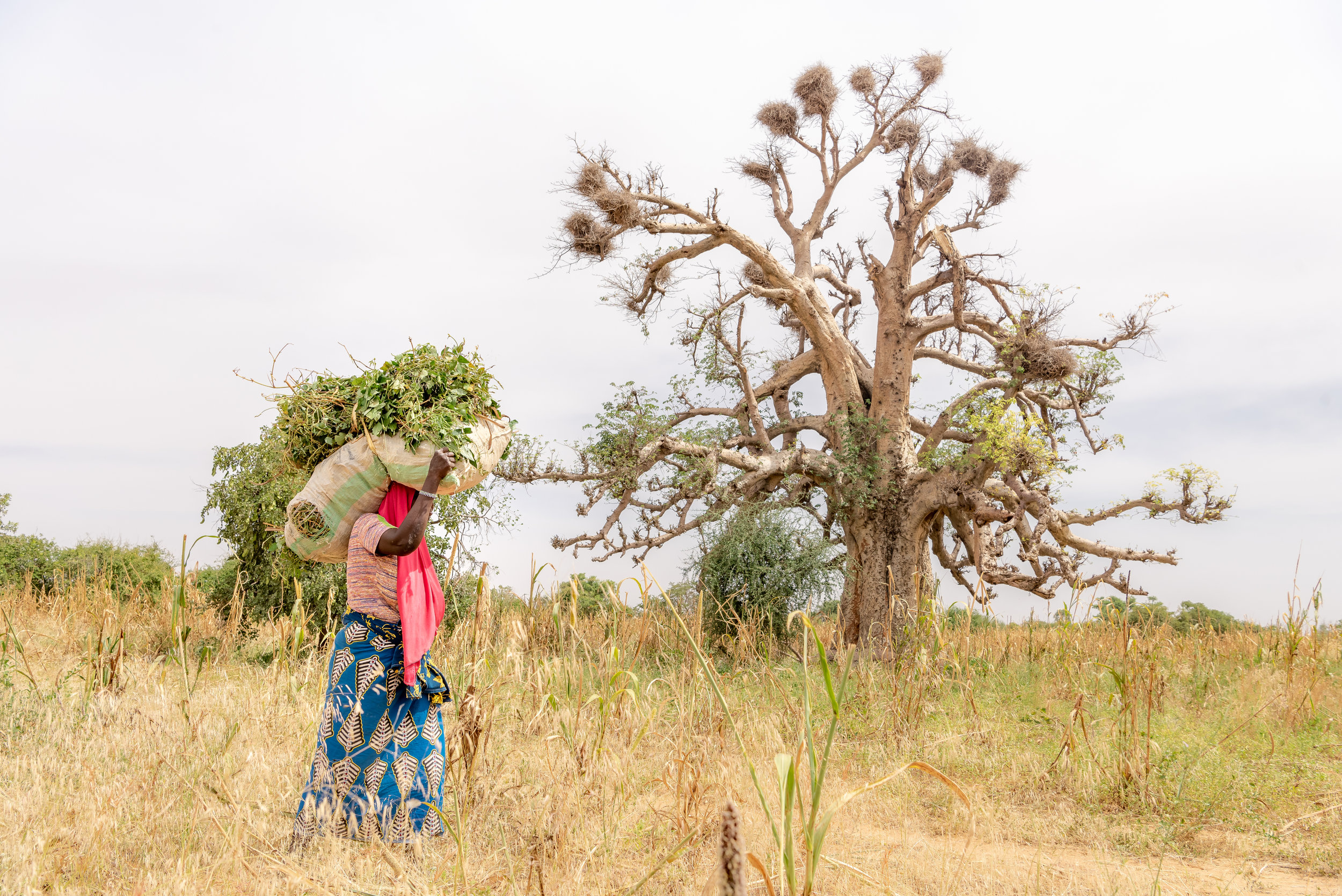The world has seen an increase in the urban-dwelling population over the last 34 years; from about 40% to 55%. Yet according to a new paper published in Nature, despite this expansion of urban life, it is within rural communities that the worst parts of the modern obesity epidemic fester.
This is completely contrary to most past studies which demonstrated the opposite, but according to the paper, many of these studies were done over short periods of time with small population sizes.
Unless a scientist is collecting data from existing papers or running an epidemiology study, it’s hard for them to get a wide-ranging understanding of dietary effects due to the simple restrictions involved with running dietary studies.
Unless the researchers are lucky enough to have access to a metabolic ward – the gold standard for observing nutrition, they are often left with challenges like small sample sizes, restrictions on who can participate in the study, and in terms of questionnaires, the accuracy of the participant’s reporting.
The new paper however, is the largest-ever of its kind, and examines the data of 112 million adults in 200 countries over 34 years to establish trends in Body-Mass Index (BMI) measurements in the world at large. What they found was that while urban dwellers in the last quarter of the 20th century saw climbing BMI rates, the trends shifted during the 21st century towards rural communities.
Consistent and linear results were found in several metrics, including the higher percentage of excess BMI in the female compared with the male population, and that rural communities, regardless of the affluence of the nation-sate, displayed consistently higher BMI.
PICTURED: Village woman of Niger walking near beautiful ancient lone tree, transporting leaves to her farm. The female populations of sub-Saharan Africa are the most at risk of any on earth for excess BMI.
Office Work and Farm Work
The contribution of rural BMI increase within the overall increase of BMI across the globe amounts to some 55%. In low-income regions that number can rise to as high as 80%, such as sub-Saharan Africa and South Asia.
What is it about rural life that’s piling on so many extra pounds? The researchers theorize that during the second half of the 20th century, rural farm work has been classified by a number of limiting factors. Rural life was typified by a reduced access to certain materials. Fuel such as heating oil didn’t show up in a truck, facilitating the need to gather it in the form of firewood, less proliferation of modern plumbing, facilitating the need to pump water up from a well or gather it from a natural source, and farther away food markets reachable only on poor-quality roads.
Anyone who has never worked on a farm before might agree that, after a day’s work of farming, farm work is a pretty strenuous activity. But as the researchers again point out, modern agriculture is done on a wide-scale, with increasingly modern machinery reducing the labor requirements. The proliferation of poor-quality or processed, packaged foods have reached the shelves of stores even in rural areas – reachable by long stretches of better quality roads, reducing the time spent walking.
In contrast, the modern flâneur strolls about, never needing to walk more than a mile to reach anything of necessity, while the dramatic levels of car traffic in a city like Washington, Paris, London, or New York, coupled with access to public transit, removes the need to sit down behind the wheel of a car entirely.
There’s no doubt that office life is movement-restrictive, but the increased social pressure to counter that with exercise, along with greater awareness of diet in western cities, has no doubt played a part in the shift of global BMI trends.
A Risk Shared by All
The largest rural excess BMI for men in 2017 was seen in Sweden, Czech Republic, Ireland, Australia, Austria and the United States. For women, the study showed the most excess in central and eastern European countries such as Belarus, Latvia, and Czech Republic.
The lower urban BMI in high-income and industrialized countries, even considering its own obesity rate, reflects a growing rural economic and social disadvantage, including lower education and income, lower availability and higher price of healthy and fresh foods, less access to, and use of, public transport and walking than in cities, and limited availability of facilities for sports and recreational activities.
Throughout all of the research, a remarkable consistency demonstrated that regardless of the resources and education in high-income industrialized nations, their rural populations are at no less risk of obesity than those living in emerging economies, or low-income regions.
Being that this is the largest and most thorough piece of research to date investigating climbing BMI trends, policy makers and public health leaders have an opportunity to attack this insidious problem now while many of these communities are still emerging into a global economy.



